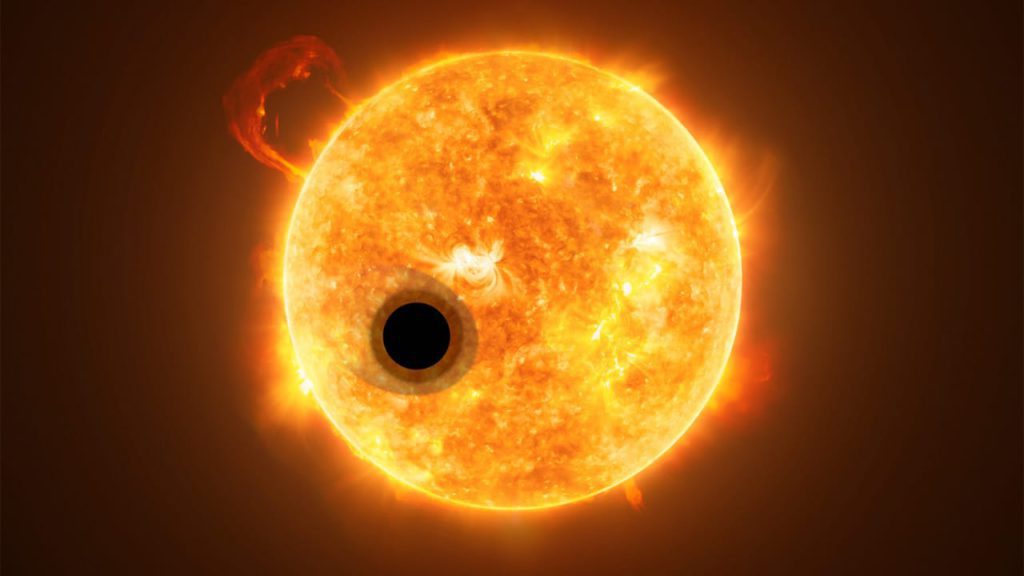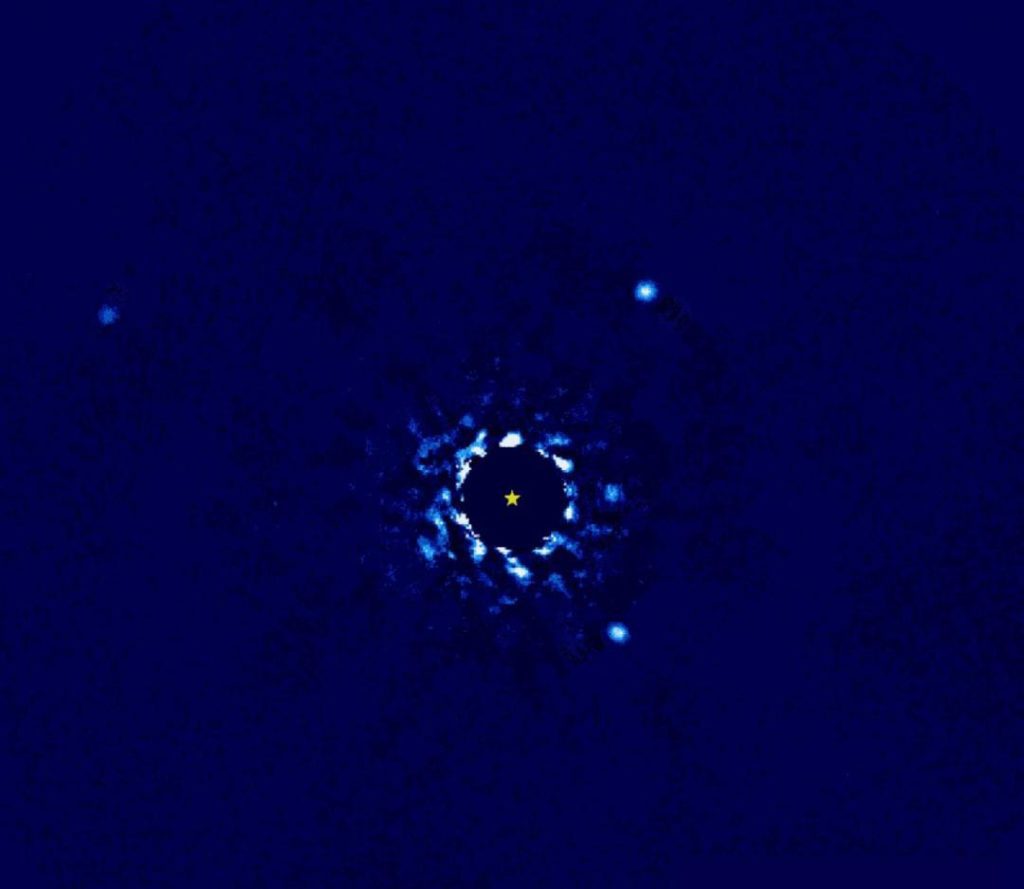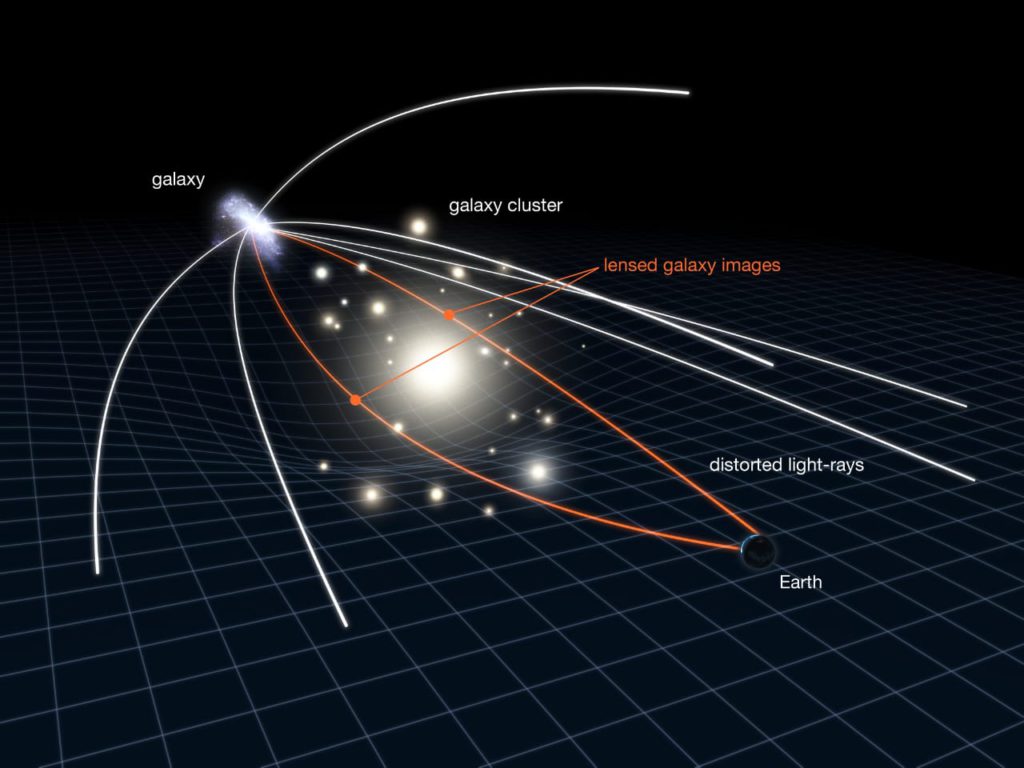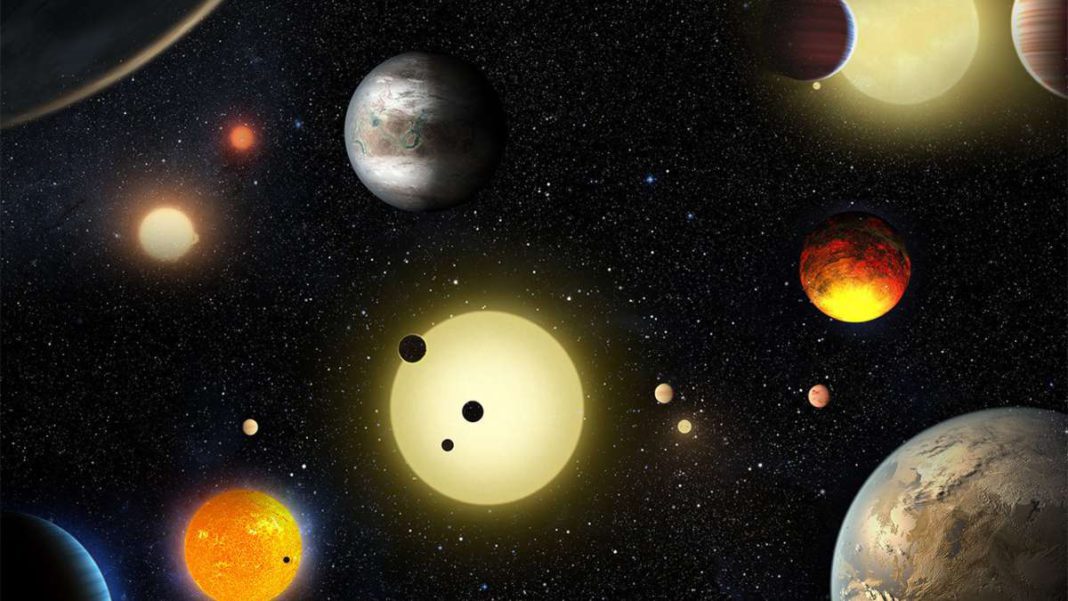INDIA: NASA has recently confirmed the existence of more than 5500 exoplanets beyond our solar system, all from the comfort of Earth. This makes us wonder: what is an exoplanet, and how do astronomers actually find them? Let’s use NASA’s definition of an exoplanet. An exoplanet is a planet located outside of our solar system.
While the majority of exoplanets orbit around other stars, there are also free-floating exoplanets, known as rogue planets. These rogue planets do not have a parent star and instead wander through space, orbiting the galactic center, untethered to any specific star. This article aims to answer the second question: how do we find these exoplanets? Let’s find out.
The Transit Method

One of the most prevalent techniques for discovering exoplanets is the transit method. Much like a solar eclipse, this method relies on the dimming of a star’s light as an exoplanet passes between the star and Earth. Unlike the dramatic darkness of a total solar eclipse, the dip in a star’s light during a transit may be just a fraction of a percent. However, when observed consistently over time, this subtle change reveals the presence of an exoplanet.
To employ the transit method effectively, astronomers have developed incredibly sensitive instruments capable of quantifying the faint variations in a star’s light. This technological leap paved the way for the detection of exoplanets, a breakthrough that only began in the 1990s. By graphing the light curve of a star over time, scientists can deduce critical information about an exoplanet, including its orbit’s tilt and size.
It’s important to note that the transit method doesn’t provide direct visual confirmation of exoplanets; their presence is inferred based on the observed changes in a star’s light.
The Wobble Method

Another prominent approach to exoplanet discovery is the wobble method, officially known as Doppler spectroscopy or radial velocity. This method is particularly effective at detecting larger exoplanets.
In any gravitationally bound system, such as a star and its exoplanet, both objects orbit a common center of mass. When the exoplanet’s mass is significant compared to that of the star, it induces a noticeable wobble in the center of mass. This wobble, detectable through a shift in the star’s light frequencies (a Doppler shift), is analogous to the change in pitch of a vehicle’s engine as it approaches or moves away from an observer.
Viewed from Earth, the slight movements of a star and its exoplanet(s) affect the star’s light spectrum. When the star is moving toward the observer, the spectrum shifts toward the blue; when moving away, it shifts toward the red. While the changes are subtle, modern instruments can measure them with precision.
The wobble method is primarily effective in identifying large exoplanets, as Earth-like planets produce wobbles too small to measure with current technology. As with the transit method, direct visual confirmation of exoplanets is lacking; their presence is inferred through spectral analysis.
Direct Imaging

Direct imaging, as the name suggests, involves taking pictures of exoplanets. While it offers a captivating glimpse of these distant worlds, it comes with several limitations.
For direct imaging to succeed, the star system must be relatively close to Earth, and the exoplanets must orbit far enough from their star to be distinguished from its glare. Additionally, astronomers must employ a specialized instrument called a coronagraph to block the star’s light, allowing the dimmer light of the exoplanets to become visible.
Direct imaging is a challenging method and has only yielded a limited number of discoveries. The total count of exoplanets found through this technique varies depending on the definition of a planet, with estimates ranging from 10 to 30.
Gravitational Microlensing

Microlensing, a lesser-known method, enables the detection of smaller exoplanets that absorb most of their host star’s light.
Microlensing capitalizes on a phenomenon predicted by Einstein’s General Relativity. Massive objects in space, such as galaxy clusters, bend spacetime, causing light to bend as it passes near them—similar to optical refraction in water. In the case of stars and their planets, the bending of light is subtle due to their lower mass, leading to the term “microlensing.”
To employ microlensing, astronomers must observe one star passing in front of another as seen from Earth. This event allows scientists to measure the bending of light from the distant source and potentially differentiate between the intervening star and its exoplanet. Notably, microlensing works effectively even when the exoplanet is far from its star, a distinct advantage over the transit and wobble methods.
Conclusion
In summary, the quest to uncover exoplanets is a multifaceted endeavor, employing a range of sophisticated techniques. The transit method, wobble method, direct imaging, and microlensing each offer unique insights into the cosmos. While these methods have their limitations, they collectively contribute to expanding our understanding of the universe.
Also Read: NASA’s JWST Reveals Supersonic Jet Stream Surging across Jupiter



